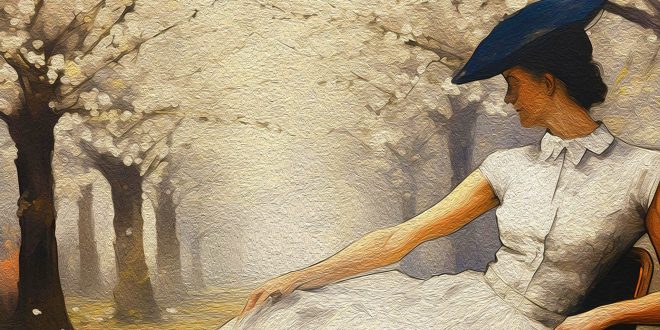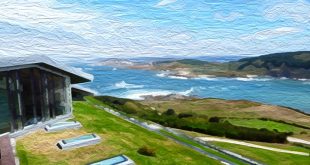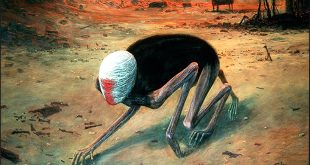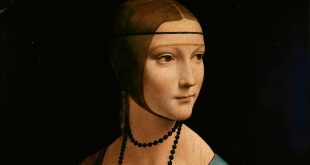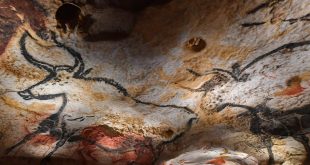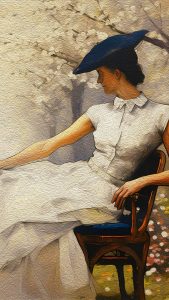
The Belle Époque, an era in which art, culture and society intertwined in a vortex of creativity and changeDuring the Belle Époque, many artists left a significant mark. Jean Béraud, a French painter, was known for his scenes of Parisian life. A French artist and printmaker, Paul César Helleuf, became famous for his Belle Époque portraits and artwork. Even an American painter, James Whistler, gained popularity for his Symbolist portraits and artworks. Jacques Emile Blanche, a French painter and writer, became associated with the Impressionist movement. The Italian painter Giovanni Boldini, however, became famous for his portraits of high society. But not only that. During that period, dancers and singers such as Polaire, Mistinguett and Jane Avril were celebrities in Paris and some of them posed for the icon posters of the painter Toulouse-Lautrec.
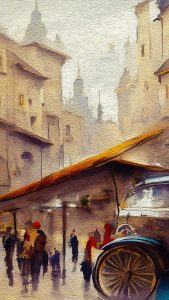
Meeting Benches is a virtual meeting and inspiration place dedicated to travelers and artists, thinkers and dreamers from all over the world. Here, virtual benches serve as a point of connection, allowing people to share art, travel stories and thoughts. If you are an art enthusiast or simply curious to explore a world of inspiration and beauty, Meeting Benches is a digital destination not to be missed. This place offers you a variety of creative narratives aimed at stimulating your imagination. It is an invitation to encounter art, creativity and humanity without any distinction. This thematic bench offers you the “Belle Époque” revisited through the eyes of a digital artist, Dastilige Nevante. Type above author’s travels, if you want to know others.
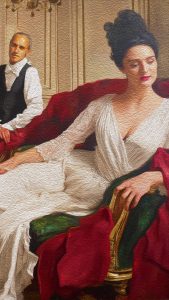
The Belle Époque was a period in French and European history that began after the end of the Franco-Prussian War and continued until the outbreak of the First World War. It was characterized by optimism, enlightenment, peace, economic prosperity and innovations, both technological and cultural. That period was so called in retrospect, when it began to be considered a “golden age” in contrast to the horrors of wars. It was a period in which European civilization reached its greatest influence, even on peoples outside the old continent. However, it is important to note that the reality of life in Paris or France was not uniform. There were large segments of the population who did not have access to the wonders of that era. Poverty was endemic in urban slums and among rural peasants. Yet, for many, this period represented a time of stability and cultural development that left a lasting impression.
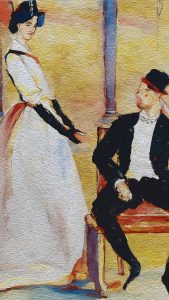
Henri de Toulouse-Lautrec, one of the most famous post-impressionist painters, left an indelible mark on the art scene of the Belle Époque era. His style was influenced by Art Nouveau, and the subjects he focused on revolved around bohemian life on the streets, brothels, theaters and bars of Paris. This artist was the first to elevate advertising to the status of “fine art”. His famous nightclub posters not only redefined the concept of commercial art, but also set a golden standard for commercial artists from Alphonse Mucha to Andy Warhol. His sympathetic and disenchanted painting style captured people in their natural environments, preserving the energy, mix of social classes and cultures, as well as the ups and downs of urban life in 19th-century Paris. Digital artist Dastilige Nevante drew inspiration from the creative talent of Henri de Toulouse-Lautrec to accompany the images in this post.
Tags Alphonse Mucha Andy Warhol author's travels Belle Époque Belle Époque era Dastilige Nevante digital art france GIOVANNI BOLDINI Henri de Toulouse-Lautrec Jacques Emile Blanche James Whistler Jane Avril Jean Béraud Meeting Benches Mistinguett paris Paul César Helleuf Polaire
Check Also
LIKE A PALEOLITHIC SISTINE CHAPEL
Cave paintings that laid the foundation for artistic expression Meeting Benches is a virtual gathering …
 Meeting Benches World art in all forms
Meeting Benches World art in all forms
